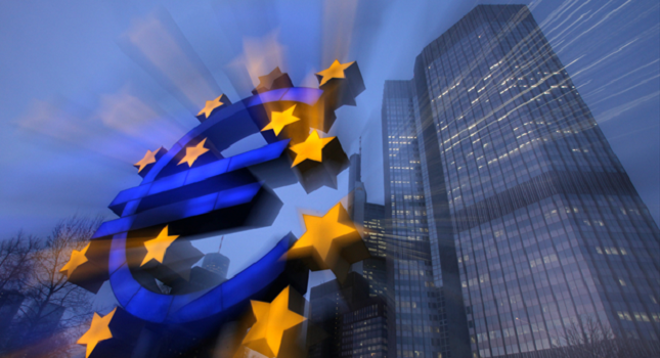Advertisement
Advertisement
U.S. Dollar Index Should Be Big Winner if Draghi is Dovish
By:
A few times last week I wondered about how European Central Bank Mario Draghi was sleeping these days since in a few days he will holding one of his most
A few times last week I wondered about how European Central Bank Mario Draghi was sleeping these days since in a few days he will holding one of his most important press conferences in the history of the ECB. I came to the conclusion that he’s been sleeping fine because he is not going to say anything that will drive the Euro higher, or in the direction that he least wants to see it go.
Going into this Thursday’s ECB meeting and ahead of Draghi’s press conference, the central bank is facing plenty of questions about the outcome of its quantitative easing (QE) program and whether or not the central bank will announce a trimming of its monthly bond purchases, which currently amount to 60 billion Euros per month.
In my opinion, Draghi is not going to announce any decisions that would shock the Euro. This will come as a disappointment to the speculators that have driven this market sharply higher since the end of June and could lead the first meaningful correction of the year.
Last week’s price action suggests that the selling may already be greater than the buying at current price levels with the formation of a potentially bearish technical closing price reversal top on the weekly chart.
If you recall, in late June, Draghi ignited a Euro rally when he hinted in a speech that the ECB might slow down, stop or even reverse elements of the QE process. The reason the Euro rallied is that the most notable effect of QE so far hasn’t been upon inflation at all but in lowering the value of the Euro.
One day later, however, senior officials at the ECB said investors had misunderstood the upbeat speech by Draghi as heralding the end of its asset purchase program.
The Euro surged with interest rates on two-year and five-year Bunds reaching their highest level in more than a year, after Draghi said that “deflationary forces have been replaced by reflationary one.” However, investors seemed to miss the fact that Draghi also called for “persistence” and “prudence” in the future path of monetary policy.
The Euro may have made its final high for the year last week when it surged to 1.2070 because Draghi refrained from mentioning the Euro’s high value at Jackson Hole on August 25. This represents the epitome of excessive speculative buying and based on Friday’s close, set the trap for investors who bought the rally early last week. In other words, those investors were caught in a bull trap and they could pay dearly if the Euro follows through to the downside as expected.
Also at the end of last week and representing further evidence that the Euro is headed lower is the news that expectations of the ECB announcing a timeline for its withdrawal of its bond purchase plans have dropped sharply to less than a fifth from over half of the total number of analysts in Reuters polls in the space of three weeks.
This week, investors will be carefully watching what ECB President Draghi has to say about the Euro’s strength. I think it’s reasonable to assume that he may attempt a verbal invention, but don’t expect any major policy changes
Given that the ECB is unlikely to make any decision on trimming its asset purchases and the Fed is likely to announce it will begin trimming its massive $4.5 trillion balance sheet later in the month, I have to conclude that the balance of power is shifting back to the U.S. Dollar.
Also keep in mind that the Euro represents about 57 percent of the U.S. Dollar Index. If the Euro sells off sharply then look for the dollar index to spike higher. My chart work indicates that 1.1691 to 1.1602 is the primary downside target, but if 1.1661 is taken out with conviction then look out to the downside. If this occurs then 1.1320 to 1.1142 will become the next target zone.
About the Author
James Hyerczykauthor
James Hyerczyk is a U.S. based seasoned technical analyst and educator with over 40 years of experience in market analysis and trading, specializing in chart patterns and price movement. He is the author of two books on technical analysis and has a background in both futures and stock markets.
Advertisement
